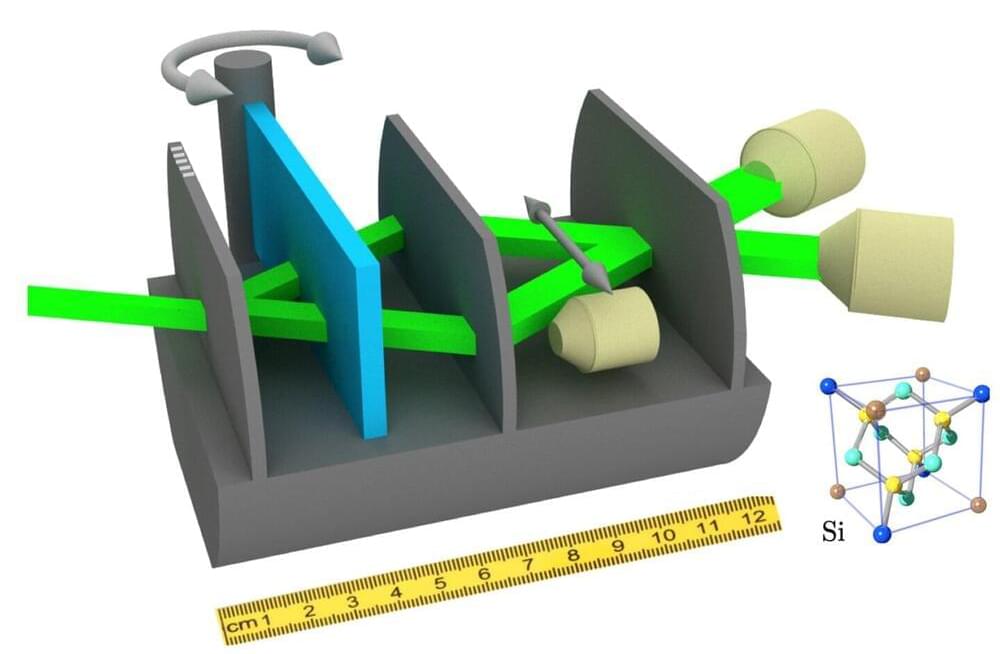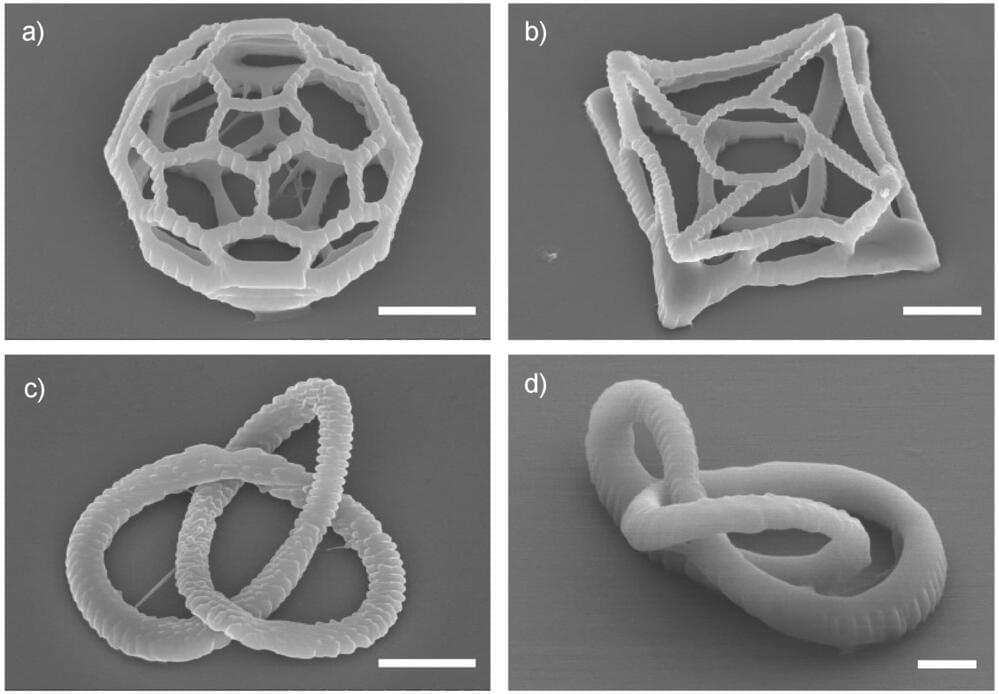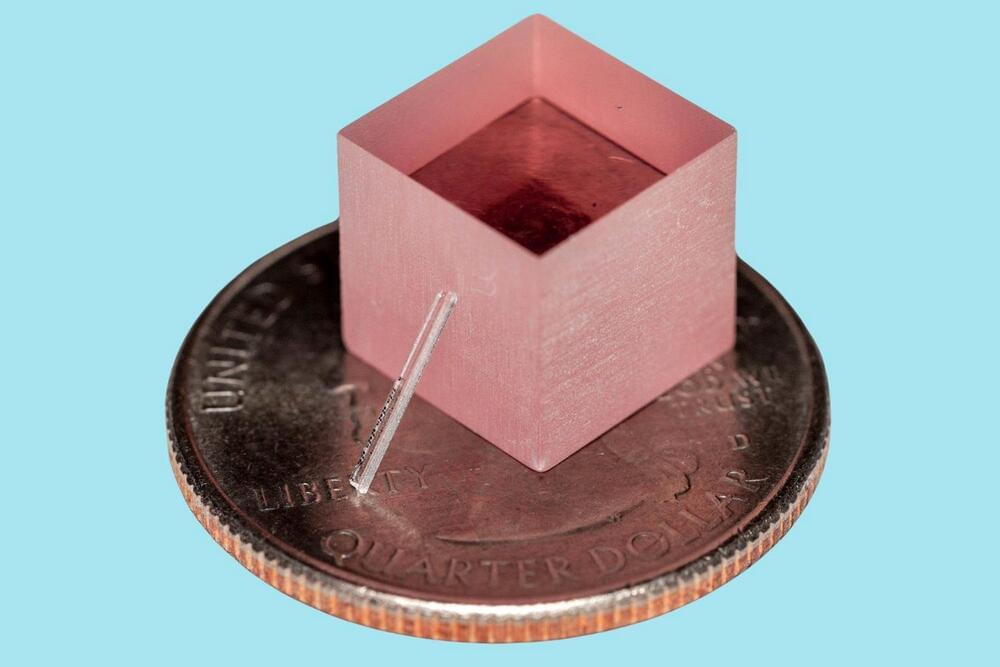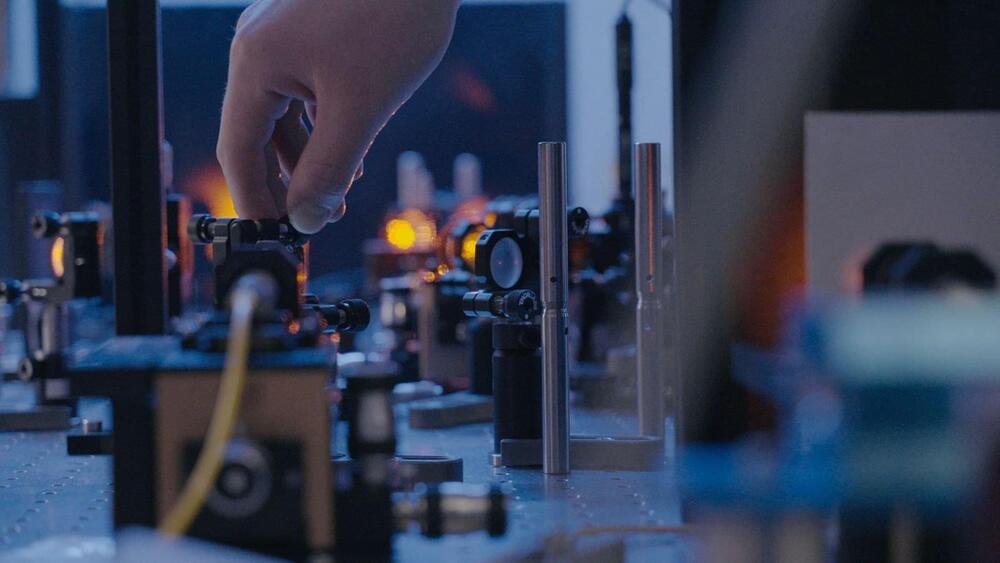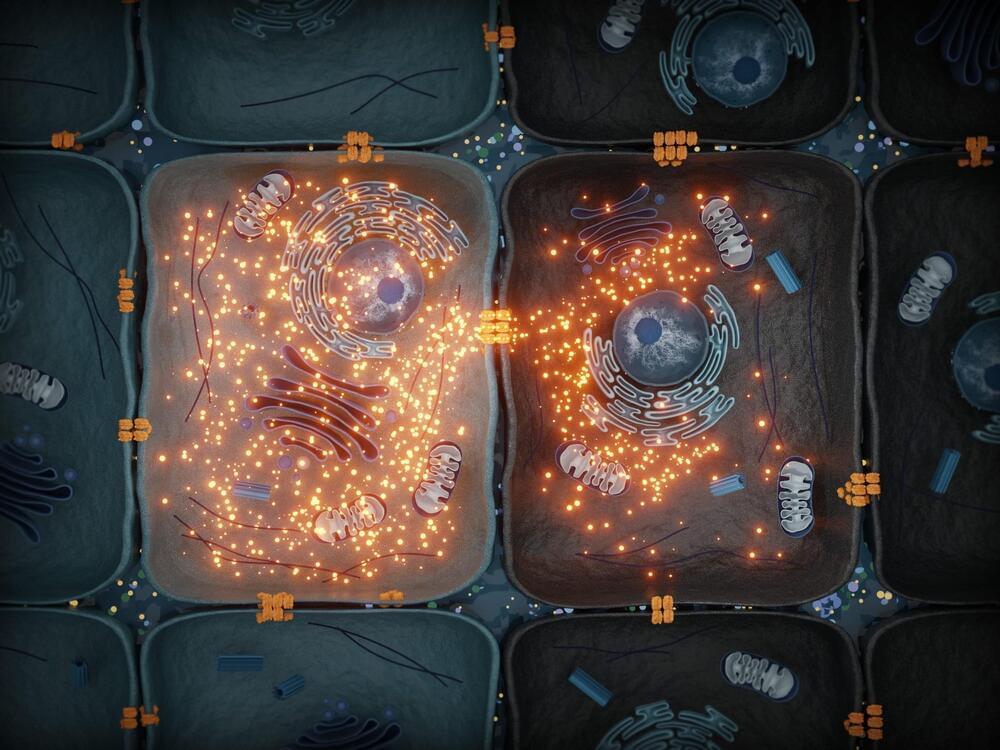Jul 3, 2024
Neutrons on classically inexplicable paths: Quantum theory prevails in Leggett-Garg inequality test
Posted by Saúl Morales Rodriguéz in categories: particle physics, quantum physics
Is nature really as strange as quantum theory says—or are there simpler explanations? Neutron measurements at TU Wien prove that it doesn’t work without the strange properties of quantum theory.
Can a particle be in two different places at the same time? In quantum physics, it can: Quantum theory allows objects to be in different states at the same time—or more precisely: in a superposition state, combining different observable states. But is this really the case? Perhaps the particle is actually in a very specific state, at a very specific location, but we just don’t know it?
The question of whether the behavior of quantum objects could perhaps be described by a simple, more classical theory has been discussed for decades. In 1985, a way of measuring this was proposed: the so-called “Leggett-Garg inequality.” Any theory that describes our world without the strange superposition states of quantum theory must obey this inequality.
